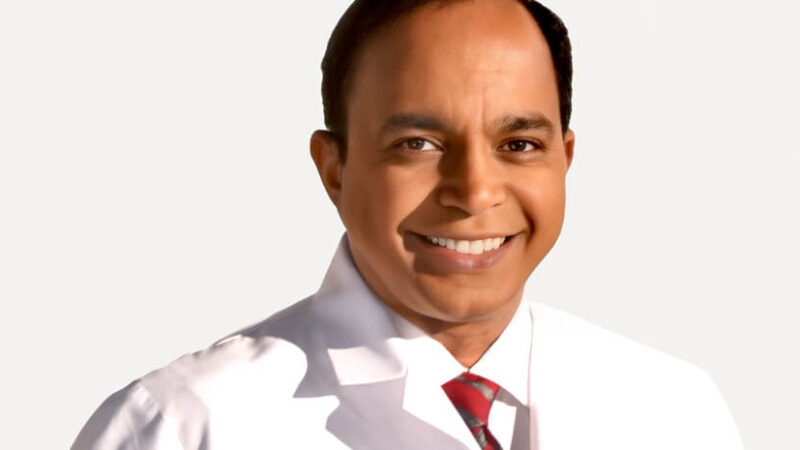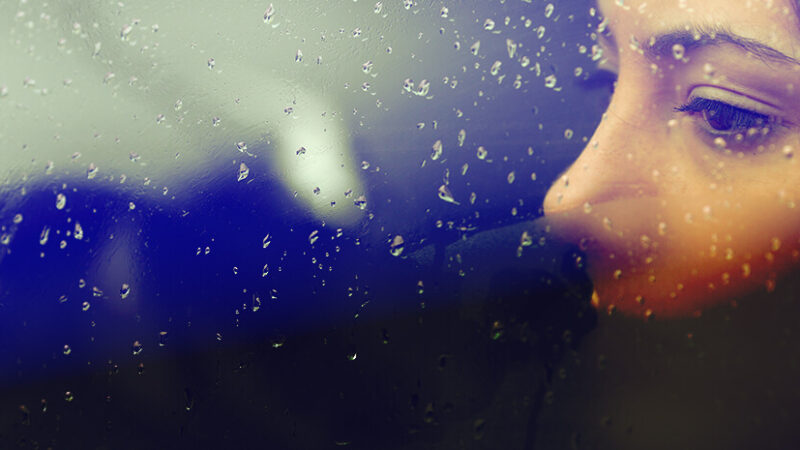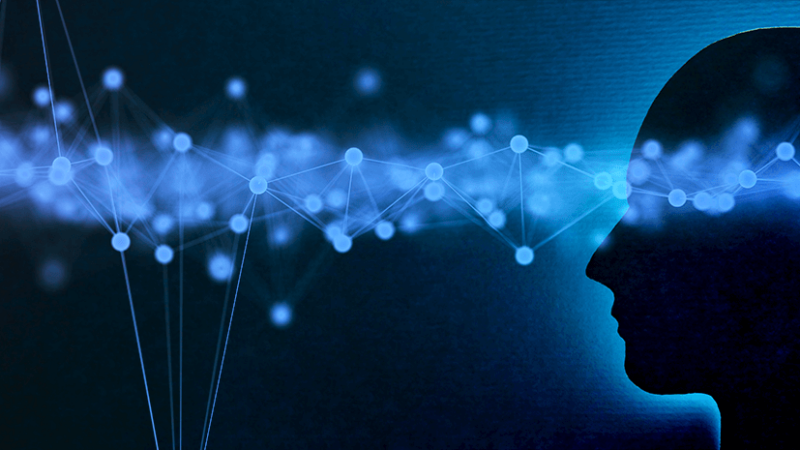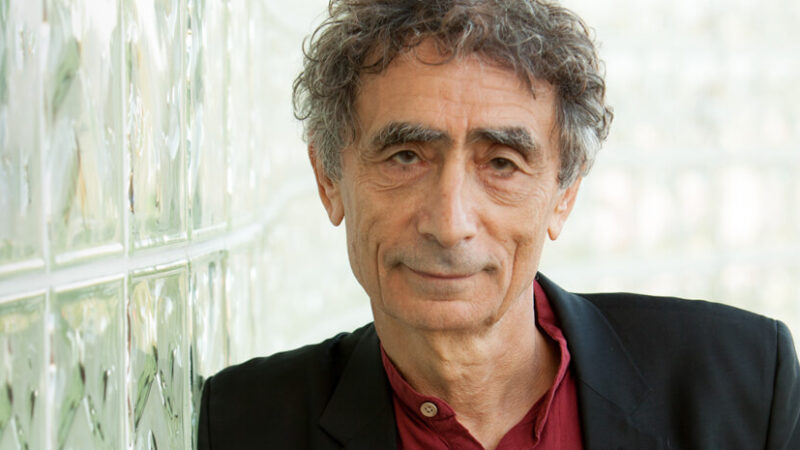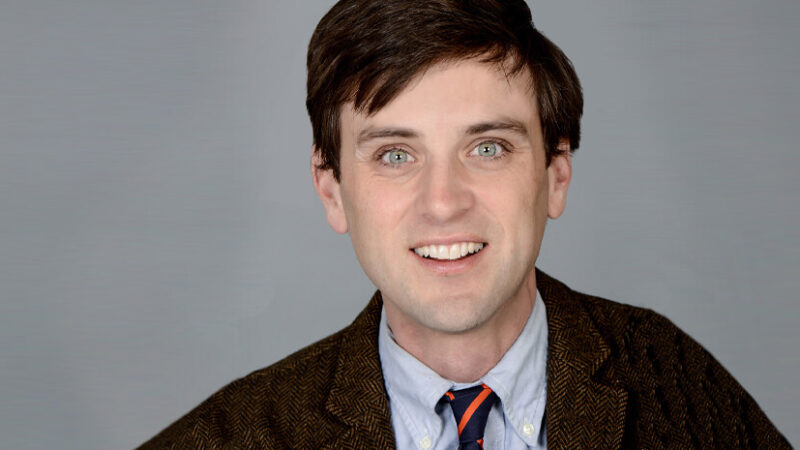Most people living today are more traumatized than they know. But how could that be?
When we experience very distressing events, our nervous system goes into a state of overwhelm (or what neuroscientists call dysregulation). You may end up feeling less like yourself, unable to have a healthy range of experiences, but can’t easily connect the dots mentally or heal emotionally. It’s not your fault that this happens—it’s your nervous system’s built-in way of protecting you, and it happens outside your conscious awareness.
However, you can learn to recognize the effects of trauma. You can follow those threads through the maze of your past, to find ways of healing in the present that will improve your health mentally and emotionally.
Types of Trauma
While individuals differ in their responses, there are broad categories of trauma that we should all know exist: childhood trauma, racial trauma, sexual trauma, religious trauma, narcissistic abuse, war, pandemics and other natural disasters, and intergenerational trauma. Three of these types are briefly covered below.
Childhood Trauma
No family is perfect, but some do active harm. Too often, children suffer neglect and physical, sexual, or emotional abuse, often with no outside resources to protect them. Childhood trauma can also happen if the mother is treated violently, someone in the family has substance abuse problems or a mental illness, the parents are going through a divorce or separation, or one of the parents or a sibling dies.
In all of these situations, because a child’s nervous system is not yet fully developed, the childhood trauma often goes unidentified until something triggers a memory or compounds it, years or decades later.
Narcissistic Abuse
Many of us know someone who exhibits signs of narcissism, focusing exclusively on themselves and unable to empathize with or “make room for” others. If you’ve suffered abuse by a narcissist, whether they were a parent, partner, or boss, you may no longer trust your instincts in relationships or feel guilty about things that aren’t actually your fault or responsibility. You may feel you have to be “special” to gain recognition, and you may have developed a case of perfectionism to keep away the shame that your abuser made you feel for not living up to their impossible standard.
Global Events: Pandemic Trauma and War Trauma
The pandemic put virtually all of us into a “sustained survival mode” that evoked or caused trauma. The pandemic saw a 25 percent increase in anxiety and depression, according to the World Health Organization (WHO). As a shared trauma, it also led to widespread Post-Traumatic Stress Disorder (PTSD) and burnout among health-care workers. It affected parents who had to juggle supervising their children and working from home while schools were closed. And it deeply impacted those who experienced the loss of a loved one unexpectedly to COVID, who were often not able to say goodbye in person, weaving trauma into the fabric of their grief.
The first formally identified cases of PTSD (known as “shell-shock”) were in soldiers who served during World War I. Tragically, wars have been embedded into the human experience since recorded history. No matter whether it be the recent conflict in the Ukraine, the uprising in Iran, or ongoing conflicts elsewhere, the impact on the psyche of those living in those areas is severe. As widespread violence and threats of violence go on, month after month, traumatic stress compounds for both soldiers and civilians living in warzones. Even in areas where conflict is not directly taking place, there can be trauma impressed into those living in ongoing fear of nuclear war or attack.
How Trauma Works in the Nervous System
To understand your trauma, you’ll need to get to know your nervous system and how it responds to signals of danger, real or perceived.
Over the course of human evolution, our nervous system developed three kinds of responses to threats to help us get through dangerous experiences intact. These subsystems are known as: social engagement, sympathetic mobilization, and parasympathetic immobilization systems. They usually operate below our conscious awareness, but when someone experiences ongoing distress or a trauma that doesn’t resolve, the neurological connections behind these responses get strengthened and we become “stuck” in maladaptive patterns—through no fault of our own.
When the social engagement system responds, we look for help or someone to rescue us from the situation. If this response is encouraged, we may habitually “fawn” around others, hoping to appease anyone causing us distress. We can develop too much compassion for others, leading us to forget to care for ourselves, which over time creates more stress and trauma in our nervous system.
When the sympathetic nervous system responds, we engage in “fight, flight, or freeze,” to try to figure out what to do with the threat (freeze), then to subdue it (fight), or else escape it (flight). When this system is “stuck” in overdrive, we may have problems like depression, anxiety, or phobias.
If all other tactics fail, the parasympathetic nervous system can still put us into a collapsed, shut-down state (“faint”), as a way to survive with the least possible amount of damage when fighting or fleeing aren’t possible. This state is linked to depression and dissociation.
Symptoms of Trauma and PTSD
If you’ve sustained any form of trauma in the past, you may experience various difficulties, depending on the way the trauma got stuck in your system:
- Anxiety or Panic Attacks
- Denial
- Feeling emotionally numb or hopeless
- Hypervigilance
- Difficulty connecting with others
- Overwhelming shame or guilt
- Aggressive behavior
- Self-destructive behavior
- Addictions
- Insomnia and dysregulated sleep
- Flashbacks
Another way to determine whether you’ve dealt with trauma is to think about how you show up in a relationship. Do you enjoy some of your interactions with others, or do you often feel inner pressure around everyone you meet? Do you feel nurtured by one or more people in your life, or do you feel responsible to everyone, all the time? Do you feel uncertain around your loved ones, like you’re not really sure you can rely on them?
When we’ve experienced trauma in a past relationship, be it with a neglectful parent, an erratic partner, or an abusive boss, our nervous system tracks the impact, and it affects our present relationships—until we shed light on what’s happened and learn how to work through its effects on us.
Treatments for Trauma
In the last few decades, neurobiology has blossomed and cross-pollinated with psychology. New discoveries have been made, new theories have been tested, and thankfully, a range of therapies and treatments for trauma have been developed to help us cultivate deep self-regulation. Among them are somatic therapies such as Somatic Experiencing and sensorimotor psychotherapy, trauma-focused Cognitive Behavioral Therapy and Cognitive Processing Therapy, Eye Movement Desensitization and Reprocessing (EMDR) and “brainspotting,” and trauma-informed psychodynamic therapy.
Therapy is a wonderful option, but if you’ve been through individual therapy or want additional support, there are other ways to learn skills to work through trauma.
By committing to your own healing, you’ll not only create greater balance in your life, you will stop trauma from being passed on to the next generation—and you’ll bring a healing presence into the world.
If you’d like support in your commitment to healing trauma, you can check out The Healing Trauma Program, hosted by Jeffrey Rutstein, PsyD, CHT.
